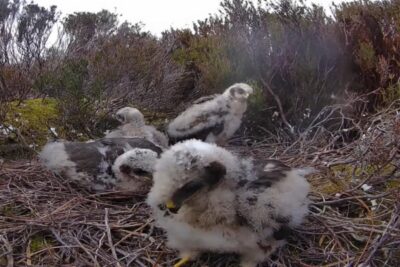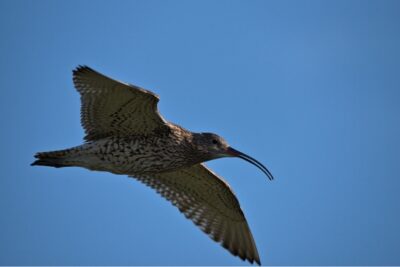
Another record year for hen harriers as 141 chicks fledge in England
New data from Natural England shows 141 hen harrier chicks fledged in England this year, the seventh year in a row that numbers have increased.
The UK is home to 75 percent of the world’s heather moorland, which as a habitat is rarer than rainforest. The majority of the grouse moor landscape in the UK is managed for grouse shooting and funded primarily by private investment – this is the most cost-effective model of upland management to the tax payer.
Throughout the year, grouse moor managers use a range of management tools to maintain and improve the health of this unique upland environment.
Heather burning, cutting and monitored grazing can all play a part, while managing pests, predators and invasive species, controlling disease and ticks, and restoring historically damaged peatland all help towards improving the grouse moor landscape.

New data from Natural England shows 141 hen harrier chicks fledged in England this year, the seventh year in a row that numbers have increased.

Conor O’Gorman sums up the start of the grouse season, including some of the anti-shooting campaigns wielded by those who deem themselves protectors of wildlife.

BASC has called on Scottish Water to explain its decision to end grouse shooting on its land.
